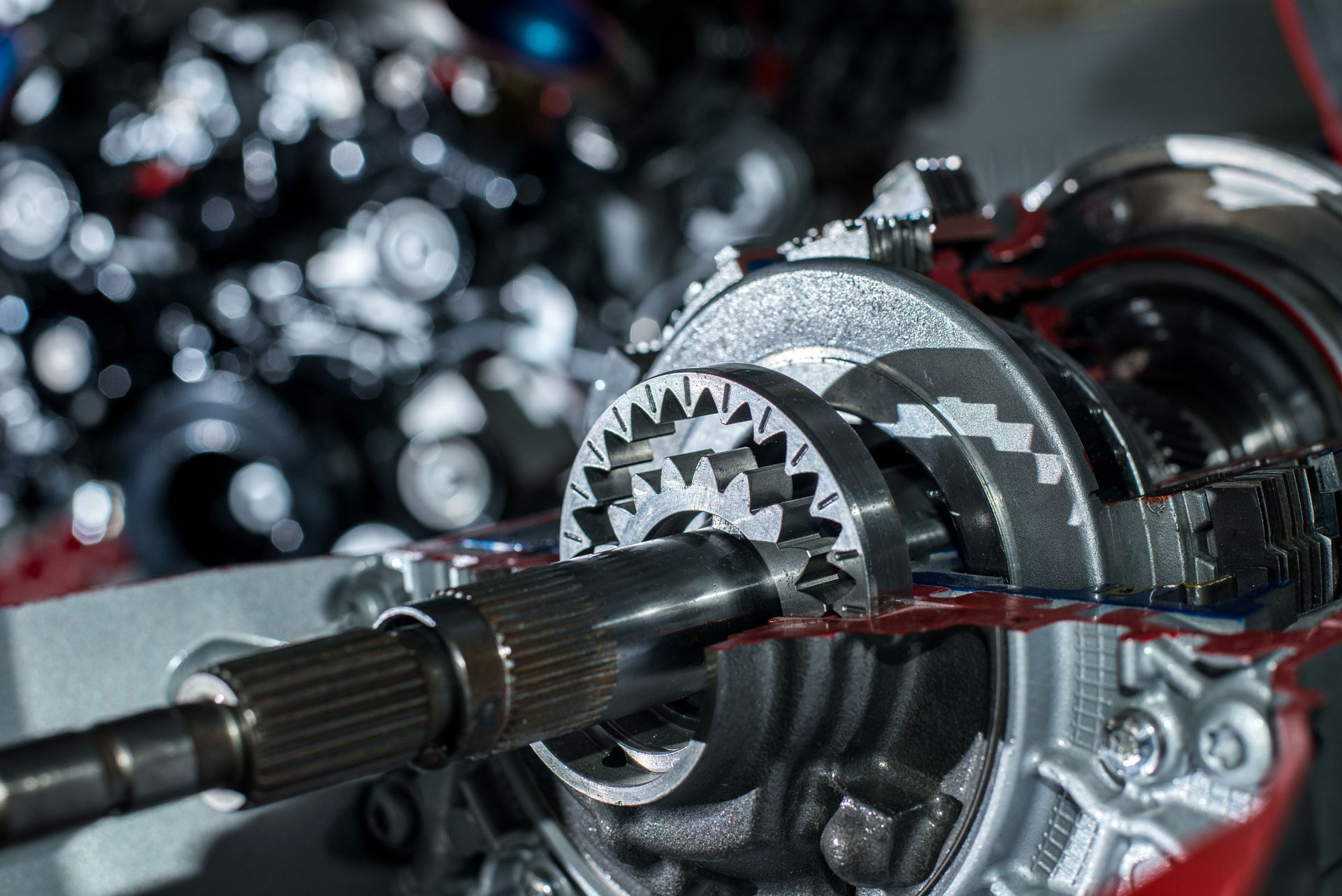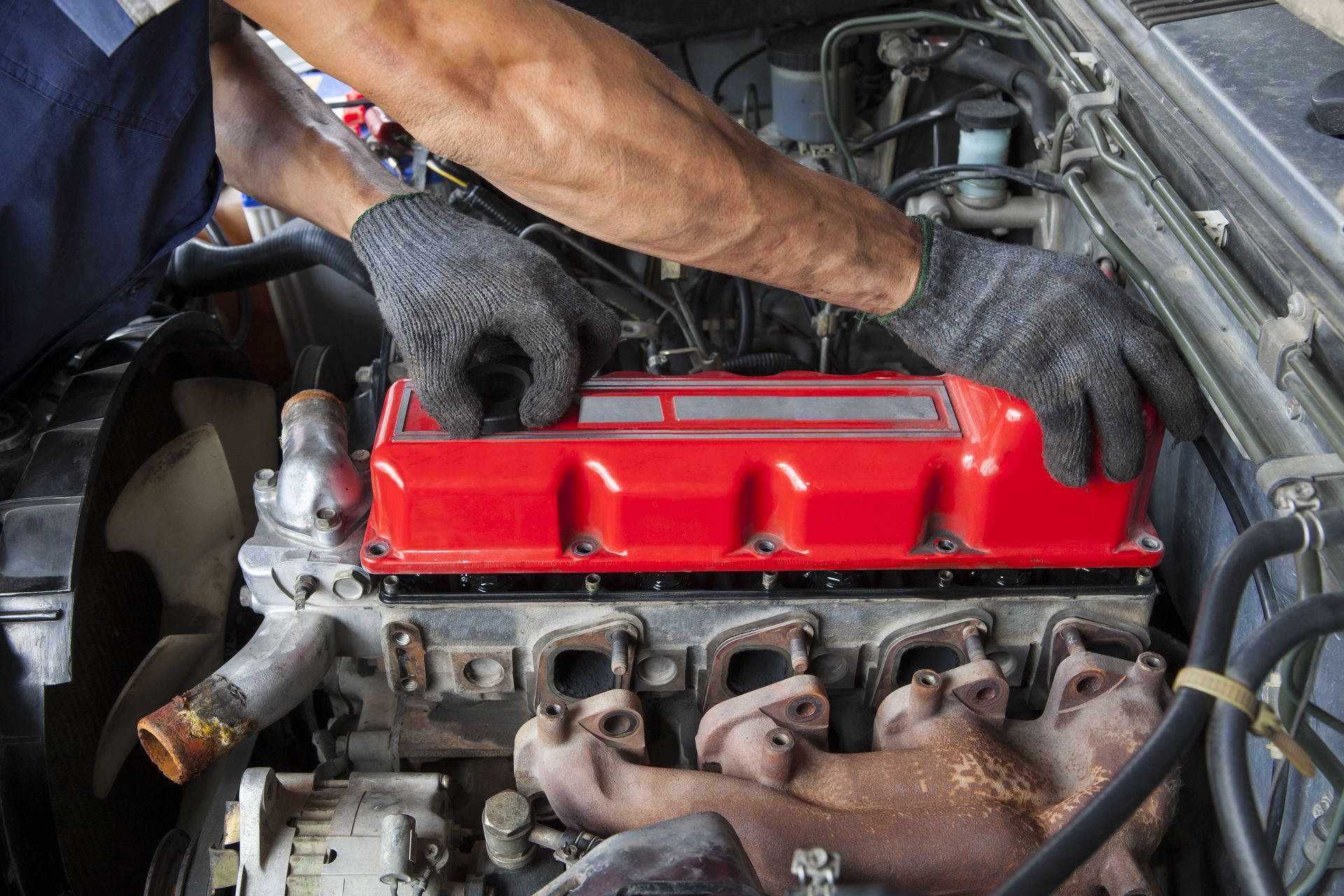3 Differences Between Automatic and CVT Transmissions
When shopping for a new car or simply learning more about vehicle mechanics, it's helpful to understand the key differences between automatic and continuously variable transmissions (CVT). Both types are designed to make driving easier compared to manual transmissions, but they operate in distinct ways. Understanding how they differ can help you make an informed decision based on your driving preferences and performance expectations.
1. Gear Shifting: How Each Transmission Handles Changes
One of the most noticeable differences between automatic and CVT transmissions is how they shift gears. Traditional automatic transmissions rely on a fixed number of gear ratios—typically ranging from six to ten—that shift based on speed and acceleration, according to our experts. This results in a more stepped and sometimes jerky driving experience. CVT transmissions, on the other hand, use a system of pulleys and a belt to provide a seamless transition between gear ratios. Instead of stepping from one gear to the next, a CVT constantly adjusts, offering smoother acceleration.
2. Driving Experience: Feel and Response Compared
Another key difference lies in the overall driving feel. Automatic transmissions are often favored for their familiarity and more direct feel when accelerating or decelerating. According to Car and Driver, an online automotive resource, one of the biggest advantages of an automatic transmission is the ability to drive without a clutch. Drivers may notice clear shifts in power and speed, which can feel more engaging. CVT transmissions, by contrast, are often described as smoother but can feel less responsive or even “rubbery” to some drivers. This sensation occurs because there are no distinct gear changes, which can feel unusual if you're used to traditional automatics.
3. Performance and Efficiency: Which Transmission Wins?
Performance and fuel efficiency are also important points of comparison. Automatic transmissions tend to be more robust and may offer better performance in high-torque or performance vehicles. However, CVT transmissions are generally more fuel-efficient due to their ability to keep the engine at optimal power ranges. This makes CVTs particularly popular in hybrid vehicles and economy-focused models. The choice often comes down to whether a driver prioritizes fuel savings or performance responsiveness.
Both automatic and CVT transmissions have their strengths and ideal use cases. While automatics offer more traditional driving dynamics, CVTs provide smooth and efficient performance that suits many modern drivers. Whether you're seeking comfort, fuel economy, or power, knowing these differences can help you choose the right transmission for your lifestyle. For more information about the services that we offer, reach out to our incredible team at Great Lakes Powertrain today!




